Managing workplace risks with the Hierarchy of Controls
In the workplace, it’s everyone’s responsibility to keep the working environment safe. This includes controlling risks related to common hazards such as manual handling, using, storing and handling hazardous chemicals, working at height and psychosocial harm.
To protect employees, visitors and contractors in the workplace eliminating hazards and risks completely is the end goal. But if that is not reasonably practicable, reducing risks by implementing the most effective risk control measures is the next step.
The Hierarchy of Controls is a widely accepted system among duty holders for risk control because it ranks control methods from the most effective control measure to the least effective control measure. A step-by-step approach, the Hierarchy of Controls offers focus and direction ensuring all options are covered until a solution is sourced.
How do I know which hazards to control?
Before you can begin controlling hazards and risks with the Hierarchy of Controls, you need to know what your workplace or occupational hazards are and the likelihood that these hazards will cause adverse harm.
Hazard identification and risk assessment are the first two steps of safety risk management . Hazard identification helps determine the object, activity, area, or behaviour in the workplace that has the potential to cause harm. Risk assessment helps understand the nature and severity of potential hazards if a worker is exposed.
With that information, you can prioritise your risk control work focusing on the hazards with the highest risk first.
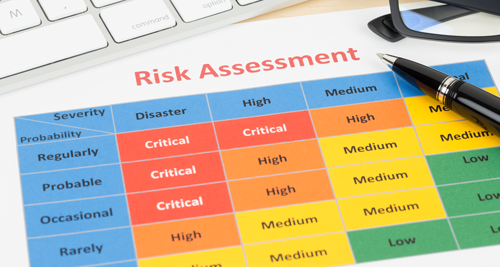
The stages of the Hierarchy of Controls
There are six stages of the Hierarchy of Controls. The stages are grouped into three levels based on their effectiveness for safety, protection and reliability.
Level 1 – Highest level of safety, protection and reliability
Stage 1 – Elimination: Remove the hazard completely
Level 2 – Medium level of safety, protection and reliability
Stage 2 – Substitution: Replace the hazard with a safer option.
Stage 3 – Isolation: Separate workers from the hazard.
Stage 4 – Engineering controls: Engineered controls tend to be physical in nature such as mechanical devices or processes.
Level 3 – Lowest level of safety, protection and reliability
Stage 5 – Administrative controls: An administrative control is designed to minimise exposure to the hazard through systems of work and work procedures.
Stage 6 – Personal protective equipment (PPE): Anything workers wear or use to eliminate exposure to the hazard such as goggles, gloves, ear plugs and respirators etc.
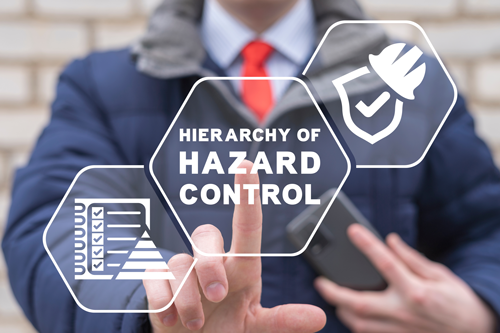
Examples of Hierarchy of Control measures
Below are some examples of risk control measures for some common workplace or occupational hazards that apply to each stage of the Hierarchy of Controls. The common hazards include working with electricity, hazardous chemicals, manual handling, noise, psychosocial hazards and working at height.
For more examples of Hierarchy of Control measures that can be applied in the workplace for these hazards download our eBook at the end of this post.
Stage 1 – Elimination
The easiest way to eliminate risks is by not introducing the hazard to the workplace in the first place. You can also eliminate hazards by scoping them out during the early stages of planning and designing products, processes or workspaces. Elimination can also be achieved through removing existing hazards.
Here are some examples of elimination:
- Removing the risk of falls by designing the work environment so work can be performed on ground level or on a solid construction. For example: air conditioner units installed on ground level or paint rollers with extendable arms.
- Preventing tripping hazards by using cordless appliances such as cordless vacuums.
- Preventing muscle strain by automating repetitive manual tasks.
- Stopping the use of or simply not purchasing noisy machinery.
Stage 2 – Substitution
If elimination is not reasonably practicable, then substitution, isolation and engineered controls are the next best control types to help reduce associated risks.
Here are some examples of substitution:
- Replacing highly flammable liquids with less flammable or combustible liquids.
- Replacing hand tools with power tools to remove the level of force required for the task.
- Changing how tasks are done to reduce noise levels such as bending metal in a vice or press rather than hammering it into shape.
- Use a battery-operated tool rather than one that is plugged into electricity.
- Replacing face-to-face communication with customers with alternative options such as live chats, video conferencing or self-service portals.
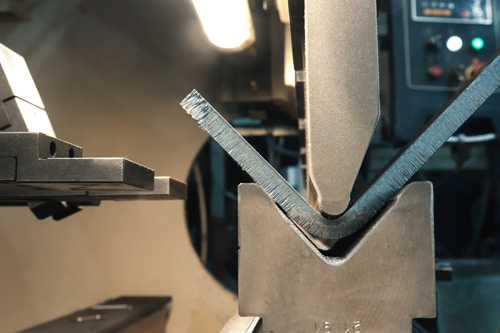
Stage 3 – Isolation
Here are some examples of isolation:
- Installing passive fall protection systems such as platforms and gantry walkways for edge protection and to reduce risk of a fall from height.
- Storing hazardous chemicals away from people and work areas, and from other incompatible chemicals to limit an incident or significant chemical reaction.
- Operating noisy machinery or plant from a distance using remotely controlled equipment.
- Constructing enclosures or soundproof covers around sources of hazardous noise.
- Minimising the risk of assault by implementing a physical barrier between workers and customers.
Stage 4 – Engineering controls
Here are some examples of engineering controls:
- Providing natural or artificial lighting to aid workers entering or exiting a solid construction safely.
- Using local exhaust ventilation to remove airborne contaminants before a worker breathes them in.
- Using mechanical devices such as lifting aids, hoists or trolleys to move heavy loads.
- Implementing sound dampening control measures such as using absorbent lining on surfaces to cushion the impact of hard objects or fitting silencers to compressed air exhausts or blowing nozzles, to minimise the risk of hearing damage.
- Installing residual current devices to stop electric shocks.
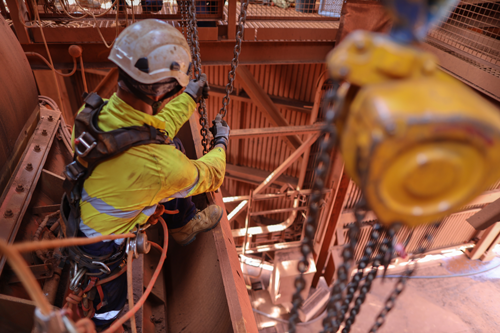
Stage 5 – Administrative controls
Administrative controls and PPE are the least reliable control measures on their own because they don’t control the actual hazard and they rely on human behaviour and supervision to reduce risk.
Developing procedures and safety practices is a universal administrative hazard control for workplace safety. Here are some other examples of administrative controls:
- Warning labels on chemicals or containers and signage to warn workers of hazards.
- Providing employee training on how to deal with difficult clients or customers and providing management training on conflict resolution.
- Protecting workers from repetitive movement by establishing regular job rotations.
Stage 6 – Personal Protective Equipment
There is a range of personal protective equipment that workers can use or wear to minimise exposure to workplace hazards including, but not limited to safety harnesses, hard hats, boots, face shields, respirators and earmuffs.
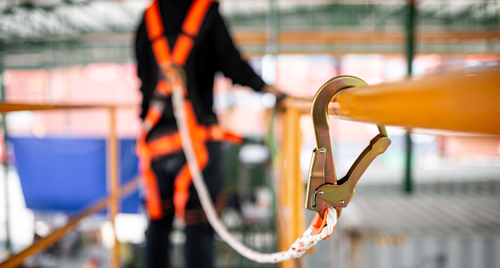
Choosing the most effective control measures
When conducting your risk assessment, you might determine that some workplace or occupational hazards can be controlled quite easily and quickly, and others may require more effort and planning.
Working through the Hierarchy of Controls, you might determine some workplace or occupational hazards requiring a single control measure and others requiring a combination of control measures.
Be mindful that administrative controls and PPE should only be used as a back up to other control measures, as a short-term measure until something more effective is implemented or as a last resort because there is no other practical option.
The examples shown above in each stage of the Hierarchy of Controls are only some options. Carefully consider all your options and choose the most effective hazard control measures. Make sure that whichever measure you choose does not introduce new hazards.
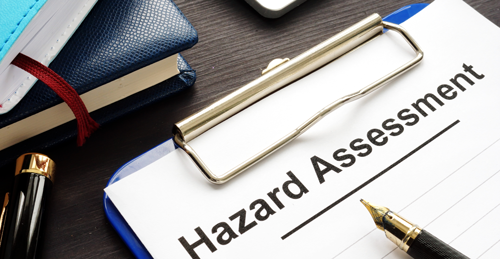
Sources to consider when developing effective controls
It is a requirement of Work Health and Safety and Occupational Health and Safety legislation to consult workers and health and safety representatives who are exposed to the hazards and risks when developing risk controls.
Work through the Hierarchy of Controls with them and use their experience and involvement to develop the most effective control methods for the circumstance. Not only will their input help optimise implementation, it will also encourage their peers to adopt control measures and control exposures to other workers, visitors and contractors.
Other sources to consider when developing risk control measures:
- Codes of practice and other guidance material
- Information from manufacturers and suppliers of equipment, machinery, plant or chemical
- Industry associations and unions